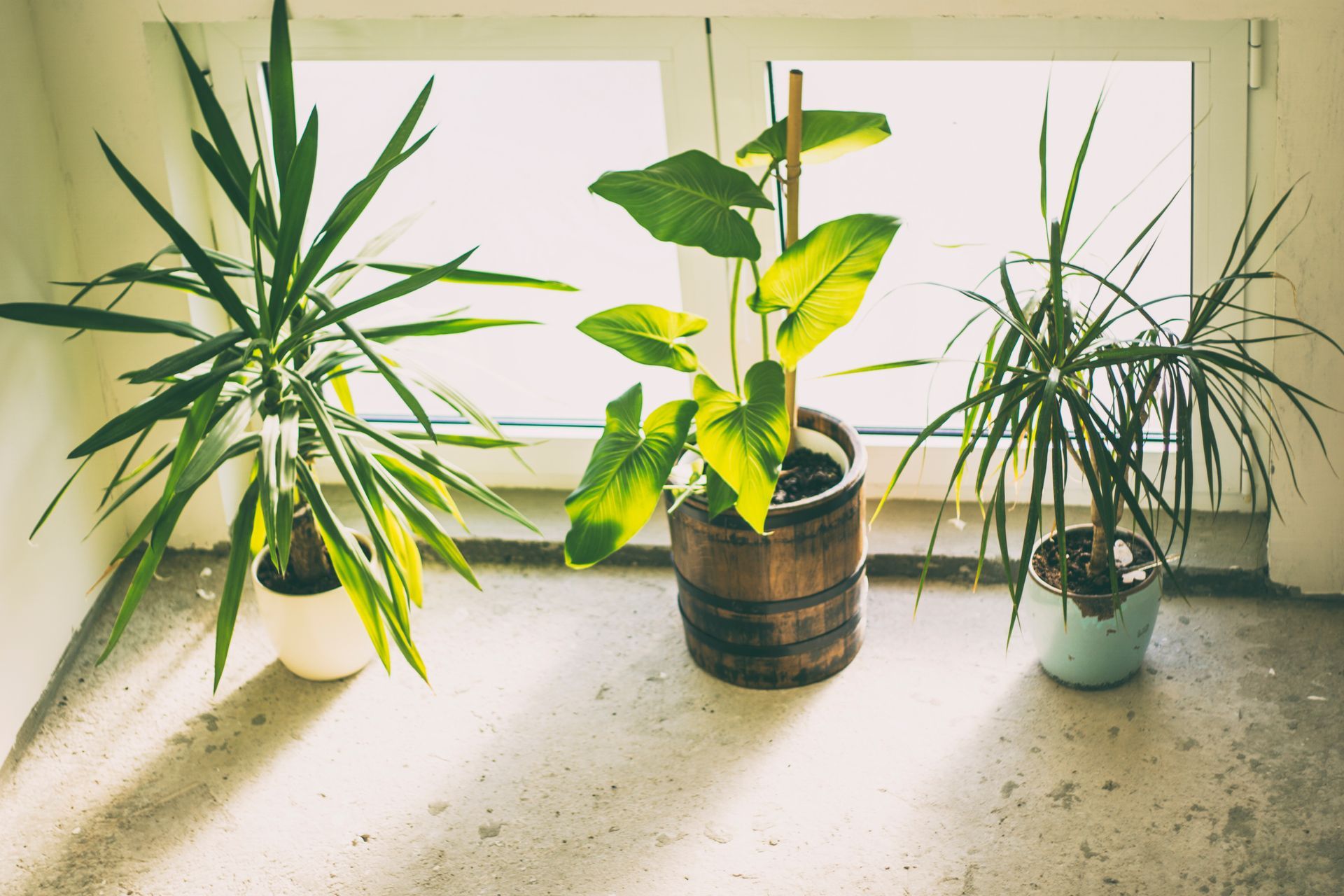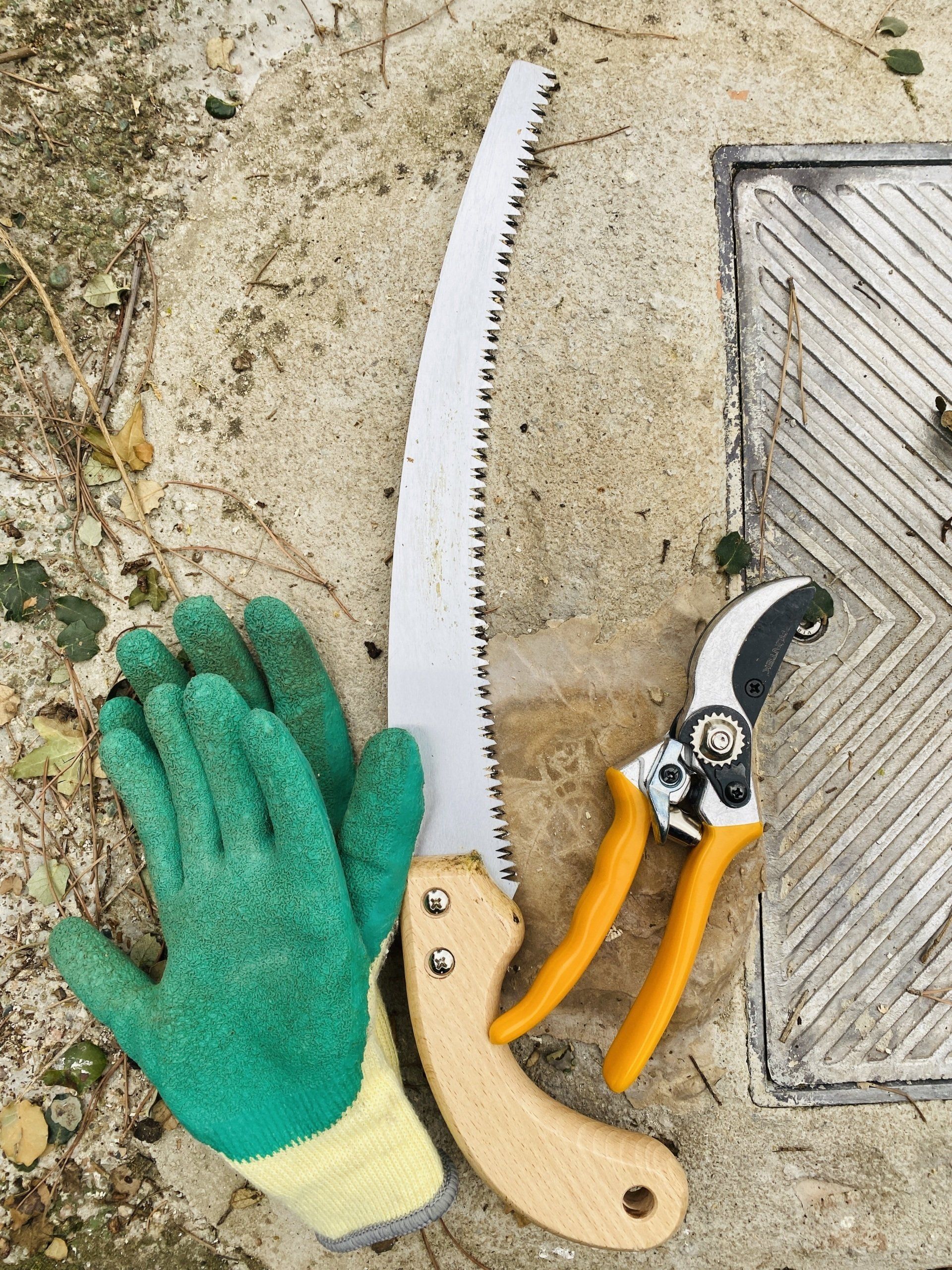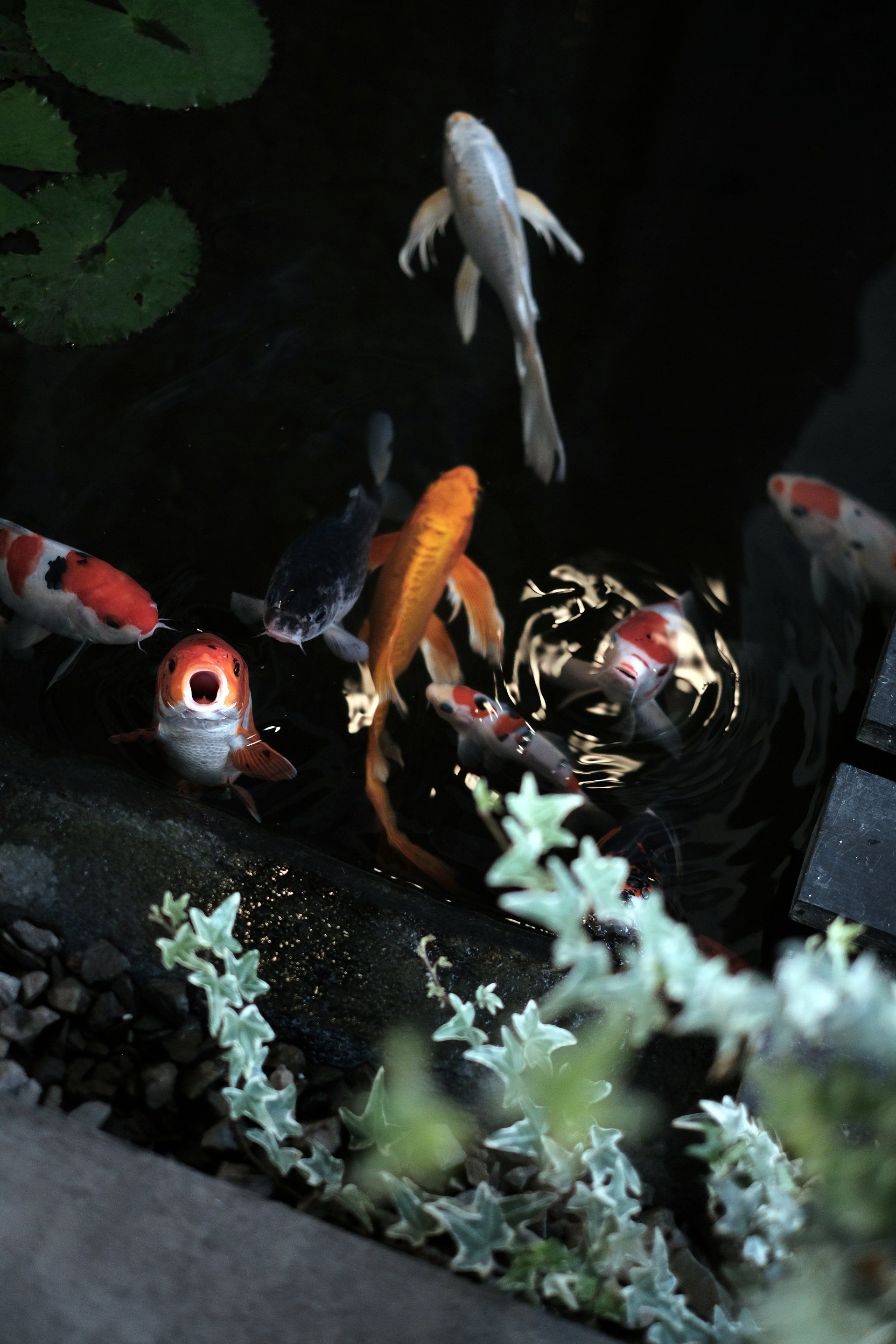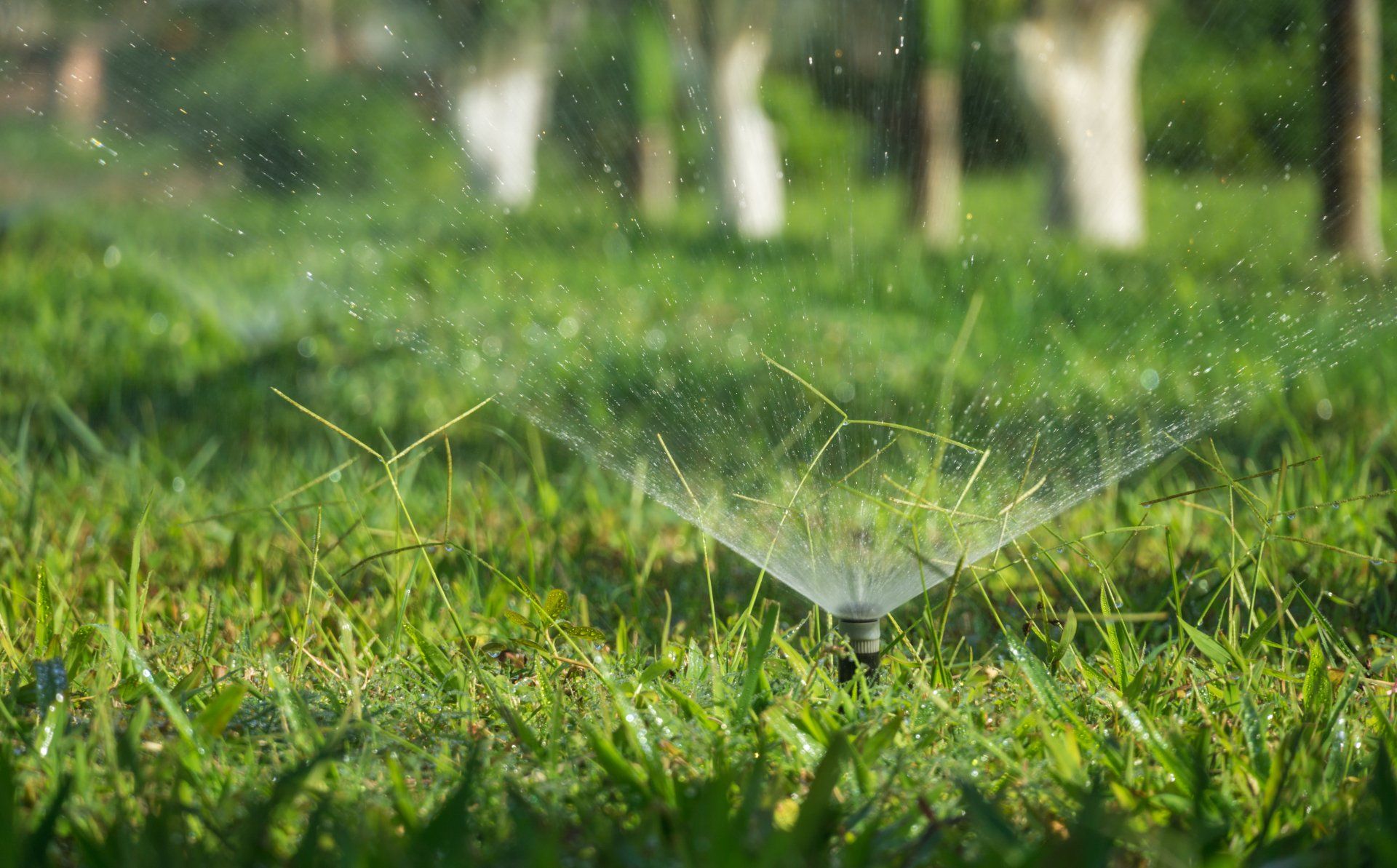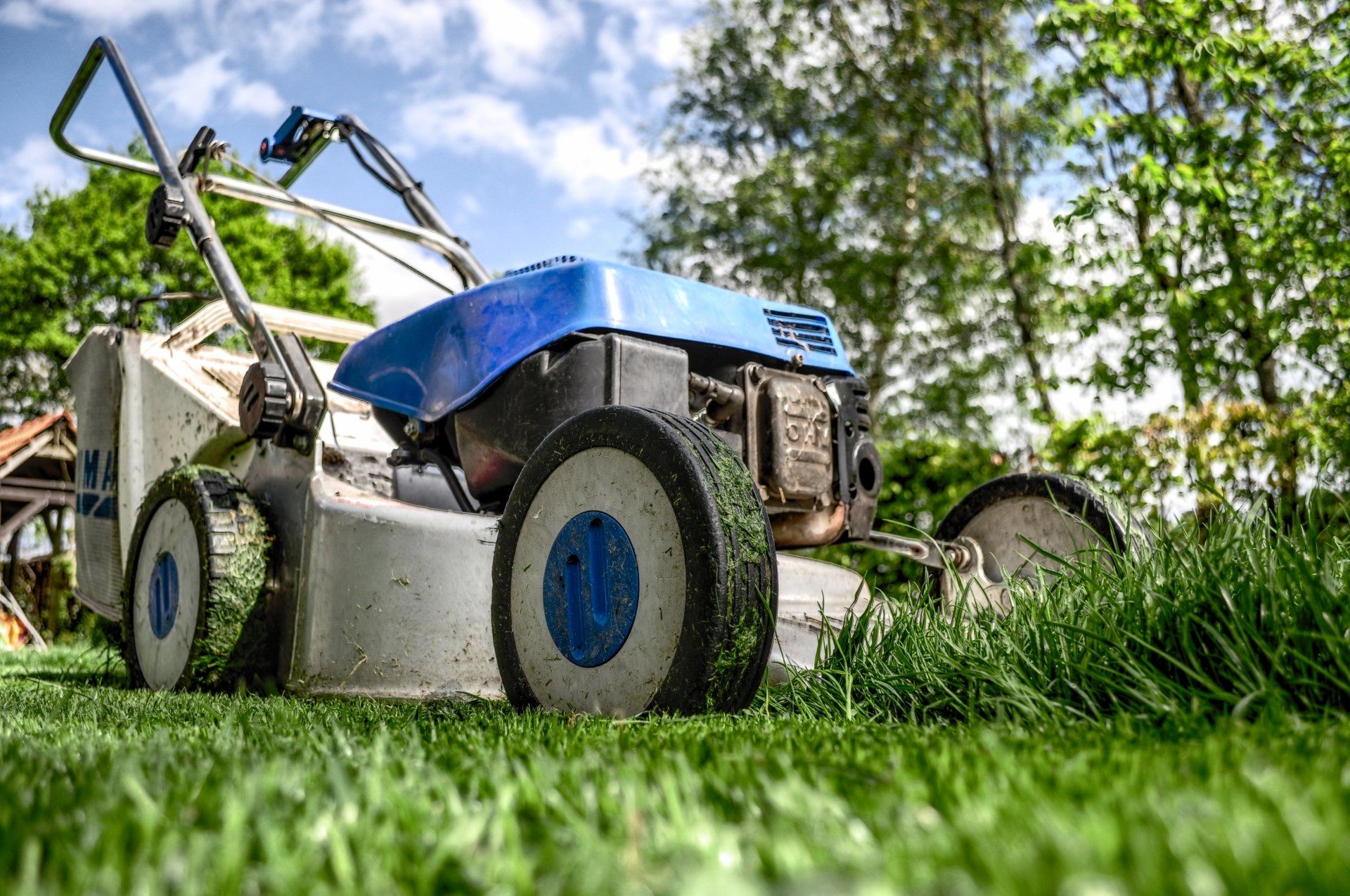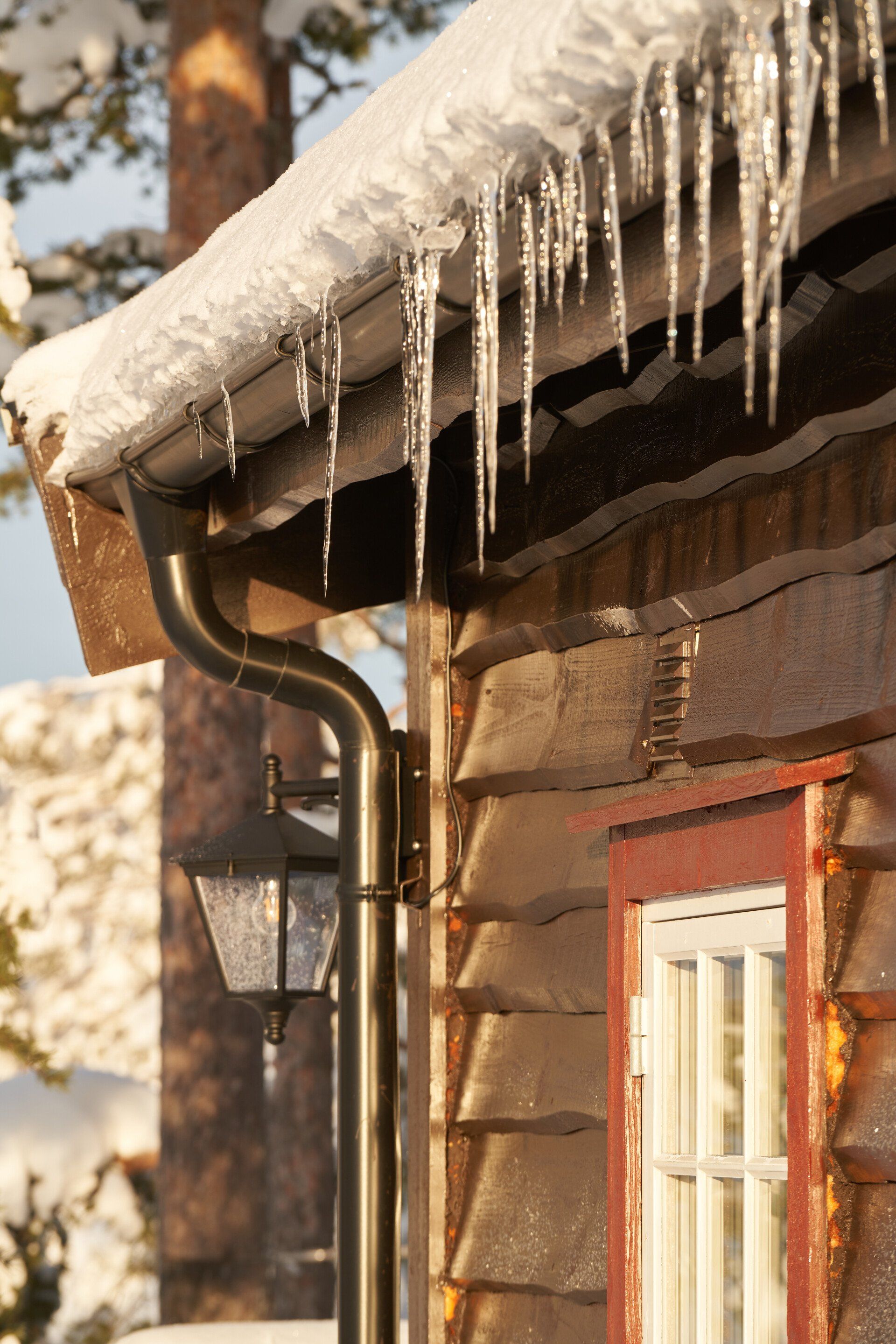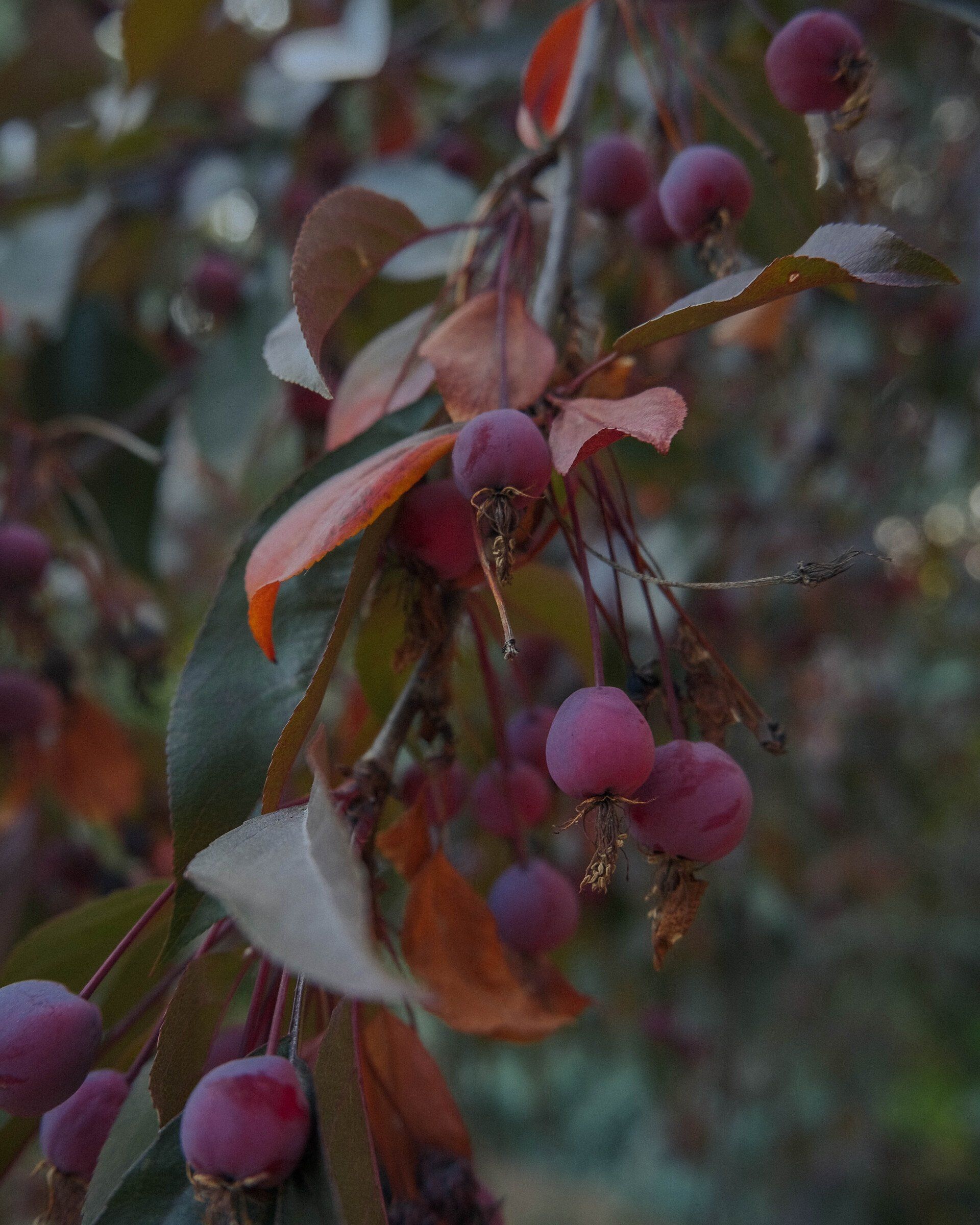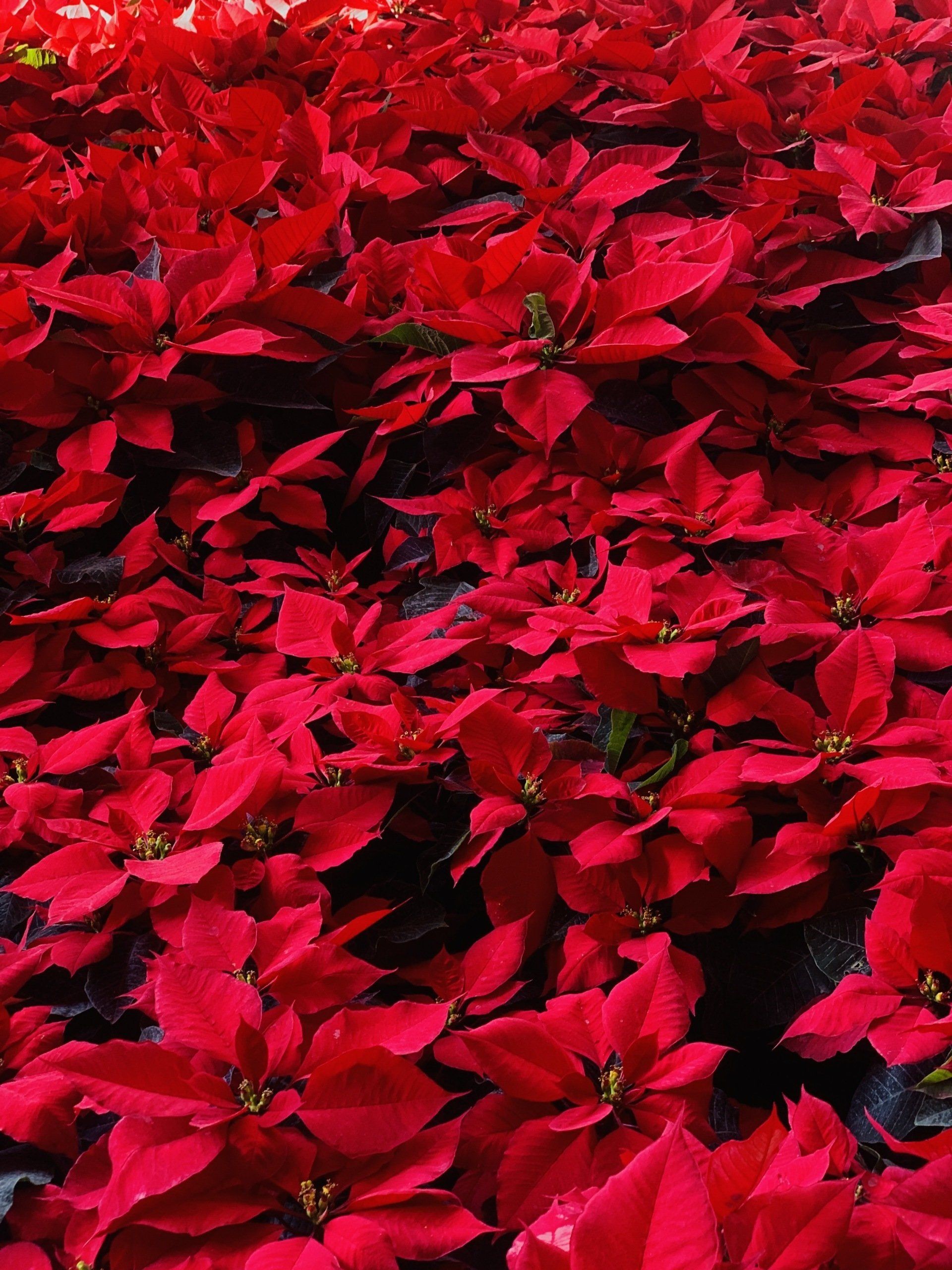Taking Care of Small Plants
Taking Care of Small Plants
The purchase of a new tree or shrub is a good long-term investment. These plants will last for many years and bring many benefits to your home. You will need to give your new additions extra attention in the first few seasons in order for them to last many years. Continue reading for tips on how to take care of newly planted trees and shrubs.
WATERING A NEWLY PLANTED TREE/SHRUB
Once your tree or shrub is planted, water it. For air pockets and to settle the soil, give the root ball a good rub. You can then saturate the entire surface with water. This will ensure that your root system has enough water for the next few day. This will promote deep rooting as well as aid in the recovery after transplanting. This should be done every 5-7 days if the weather is hot and dry. If it has been raining a lot or clay soil, you will need to do this more often.
HOW MUCH WATER CAN YOU USE?
Two gallons should be used for each inch of trunk size. You can multiply your main stem diameters by 1.5 in order to obtain the water your shrub needs.
SHOULD YOU FERTILIZE A NEWLY PLANTED TREE/SHRUB
When we know how to properly care for our plants, we can expect to quickly establish a routine to fertilize indoor and outside plants. This is not true of trees and shrubs that are just being planted. These large plants do not require any fertilizers at all during the first stages of their establishment. The first year, your shrub or tree can live on water alone if it has been enriched in organic matter. The second year is the best time to fertilize.
PRUNING NEW SHRUBS & TREES
Do not prune new trees or shrubs if it isn't absolutely necessary. You can trim dead or diseased branches if you feel it is necessary. Additional pruning during active growing and the establishment or root system may cause additional stress for the plant. Additional stress can affect normal growth and make your tree or shrub more susceptible to disease and pest infestation.
When it is still dormant, you can begin light pruning. This will encourage the tree to mature into strong, healthy plants. Do not worry if your tree isn't in the best condition. This is an important part in tree and shrub care, even for newly-planted trees. If limbs are bent or crossed, cut them off. Sharp, well-maintained pruners and/or loppers should be used. For more pruning tips, please contact the nursery where your tree or shrub was purchased.
PROTECTING NEW TREES & SHRUBS
It can take time for trees and shrubs that were recently planted to mature. It is important to understand how to take care of them during the first year. These are key tips to help plants through their first few years.
- Mulch: After the first watering, add a 2-inch layer of mulch to the root ball. Mulch should not touch the trunk and main stems. Mulch will protect soil from drying and retain heat. This will increase water uptake. Mulch protects soil against competing weed seeds.
- Place your bets. If you have a tree that is exposed, it may be worth placing your bets. This will prevent wind damage from uprooting the tree. After the roots have had the opportunity to anchor in their tree, stakes will not be necessary.
- Physical Barriers or Repellants Rodents love the tender wood of newly-planted trees and shrubs. You can protect your plants by using a physical barrier like a tree guard or chicken wire.
- Wrapping. It's easy to forget how cold Edmonton winters can be. You can protect your plants by wrapping them with burlap when you plant your new plant. This will protect the plant against extreme weather conditions, and allow it support heavy, snowy loads.
WHAT DOES IT MEAN TO BE 'ESTABLISHED" FOR A TREE/SHRUB?
"Established", means the root system is roughly the same size and shape that the canopy above it. This should allow you to see how large the root systems can be of mature oaks or Elms. Most young trees can be established in one year.
